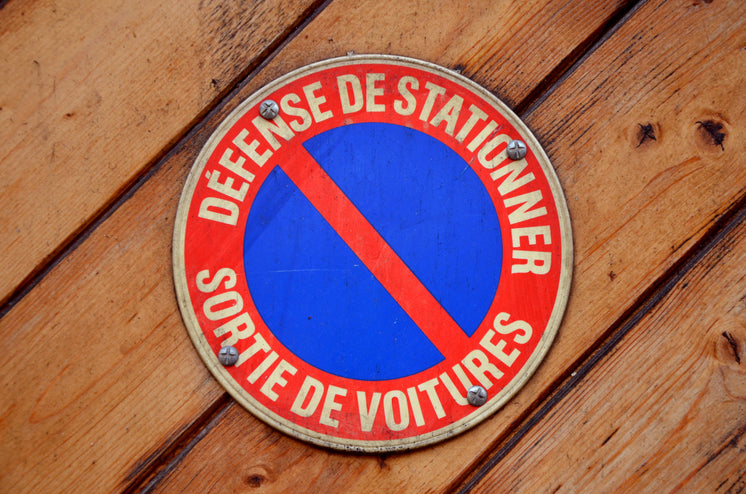
The Science Of Perfect French Fry Texture: Crisp Vs Crunch
The Science of Perfect French Fry Texture: Crisp vs Crunch
1. Factors Affecting Fry Texture
1. Factors Affecting Fry Texture

Potato Variety and Starch Content: Different potato varieties similar to Russet or Yukon Gold have various starch contents, which influences fry texture. Higher starch content material yields crispier fries.

Cutting Size and Shape: Uniform chopping (e.g., matchsticks) ensures even cooking and optimal texture. Thickness impacts crispiness and crunchiness, with thinner fries attaining larger crispiness.
Frying Temperature and Time: Initial frying at the next temperature (350-375°F) creates a golden-brown crust for crispiness. Frying time determines the interior texture, with longer times producing crunchier fries.
Blanching: Pre-blanching potatoes in hot water removes extra starch, decreasing sogginess and enhancing crispiness.
Coating: Coating potatoes with flour, starch, or breadcrumbs earlier than frying can create an extra crispy layer.
Seasoning: Applying seasonings during or after frying provides flavor however might affect fry texture slightly.
Residual Moisture: Proper cooling permits steam to escape, preventing soggy fries and maintaining crispiness.
Reheating: Reheated fries lose crispness because of moisture absorption. To prevent this, reheat in an oven or toaster oven with dry heat.
a) Moisture Content
Moisture content plays a crucial function in figuring out the texture of French fries. The optimal moisture content material for a crispy French fry is between 15% and 20%. At this moisture degree, the water molecules have just sufficient area to vaporize and create steam when heated, resulting in a crispy exterior. However, if the moisture content material is simply too high, the steam won’t be able to flee rapidly enough and the fry will turn into soggy.
b) Starch Content
The Science of Perfect French Fry Texture: Crisp vs Crunch
b) Starch Content
- The starch content material of the potato performs a significant position within the texture of French fries.
- Potatoes with higher starch content material produce crispier fries, whereas potatoes with lower starch content material produce fries which are extra delicate and fluffy.
- The purpose for that is that starch gelatinizes when it is heated, forming a gel that offers the fries their construction.
- Potatoes with larger starch content material have more starch to gelatinize, which ends up in a crispier fry.
- Some kinds of potatoes that are good for making crispy French fries embrace Russet potatoes, Yukon Gold potatoes, and Idaho potatoes.
- Surface space: Thinner fries have a bigger surface space, allowing for extra even cooking and crisping.
- Starch content material: Higher starch content material yields crispier fries. Russet potatoes are ideal for this.
- Double frying: Frying fries twice helps create a crispy outer layer whereas preserving the inside delicate.
- Blanching: Blanching fries earlier than frying removes excess starch, preventing gumminess and selling crispness.
- Oil temperature: High oil temperatures (375-400°F) create a crisp exterior.
- Seasoning: Salting fries immediately after frying helps draw out moisture and improve crispiness.
- Potatoes with a better moisture content will result in fries that are crispier.
- This is because the water within the potato will evaporate during frying, creating steam bubbles that can cause the fry to puff up and turn into crispy.
- Fries with a better moisture content may even be extra tender on the inside.
- However, fries with a higher moisture content material may also be extra likely to sog if they are not cooked correctly.
c) Oil Temperature
c) Oil Temperature
– Frying temperature is crucial for achieving the right texture.
– Lower temperatures (around 300-320°F) lead to soggy fries which are oily and limp.
– Higher temperatures (around 375-400°F) give you crispy fries.
– The larger temperature causes the water inside the fries to evaporate faster, creating more steam and producing a crispier exterior.
– Additionally, higher temperatures promote the Maillard reaction, which is answerable for the golden-brown shade and caramelized taste of well-fried fries.
2. Crisp Texture
Crisp Texture
Achieving the proper crisp texture in French fries requires understanding the science behind it.
a) High Moisture Content
High Moisture Content
b) Low Starch Content
Low Starch Content
The starch content material of the potato also performs a task within the texture of the fry. Potatoes with a decrease starch content will produce fries that are crispier, whereas potatoes with a higher starch content will produce fries which may be softer. This is as a outcome of starch absorbs water, and when the fries are fried, the water turns to steam and causes the starch to gelatinize. Gelatinization is a process by which the starch granules swell and turn into delicate and sticky. The more starch there’s in the potato, the more gelatinization will occur, and the softer the fries shall be.
c) Optimal Oil Temperature
To obtain a crisp exterior while maintaining a tender interior, the optimal oil temperature for frying French fries is crucial. The ideal temperature vary is between 325-375°F (163-191°C).
At decrease temperatures, the fries take up more oil, leading to a greasy texture. Conversely, at excessively high temperatures, the fries cook dinner too rapidly, leading to a burnt exterior and an undercooked interior.
Maintaining a consistent oil temperature is crucial. Use a deep-fry thermometer to observe the temperature and regulate the warmth supply accordingly. Preheating the oil to the desired temperature before including the fries can be crucial.
Frying the fries in batches prevents overcrowding the fryer, which can trigger the oil temperature to drop and lead to uneven cooking. Agitating the fries during cooking helps guarantee even heat distribution and prevents them from sticking collectively.
Once the fries are cooked to a golden brown shade and have achieved the specified texture, remove them from the oil promptly and drain them on paper towels to remove excess oil.
3. Crunch Texture
A crunch texture is characterized by a high preliminary breaking strength, however then a drop in breaking strength as chewing continues.
This is the kind of texture you expertise if you chunk into a contemporary, crispy apple or a potato chip.
The crunchiness of a French fry is set by the amount of moisture in the fry.
Fries that are fried at a decrease temperature or for a shorter period of time may have more moisture and be much less crispy.
Fries which are fried at the next temperature or for a longer amount of time could have less moisture and be extra crispy.
The ideal amount of moisture for a crispy French fry is around 5%.
If the fry is too moist, it is going to be soggy and delicate.
If the fry is simply too dry, will in all probability be brittle and break simply.
In addition to moisture, the kind of oil used to fry the French fries additionally affects their texture.
Oils with a high smoke level, similar to peanut oil or vegetable oil, are best for frying French fries as a end result of they’ll withstand excessive temperatures with out burning.
Oils with a low smoke level, such as olive oil or butter, will burn at high temperatures and produce a bitter taste.
The form of the French fry also impacts its texture.
Thin fries shall be crispier than thick fries as a result of they have much less surface area for moisture to evaporate.
Crinkle-cut fries might be crispier than straight-cut fries because the crinkles create more surface space for moisture to evaporate.
By controlling the moisture content material, the type of oil used, and the shape of the fry, you possibly can create French fries with the right crunch.
a) Low Moisture Content
The Science of Perfect French Fry Texture: Crisp vs Crunch:
a) Low Moisture Content
French fries are a beloved food around the world, and the perfect fry has a crispy exterior and a fluffy interior. The texture of a French fry is set by a selection of factors, including the type of potato used, the slicing method, and the frying course of.
One of an important elements that determines the texture of a French fry is the moisture content material. Fries with a high moisture content material might be extra more likely to be soggy, whereas fries with a low moisture content material will be extra more doubtless to be crisp.
There are a couple of methods to reduce the moisture content material of potatoes earlier than frying them. One methodology is to par-boil the potatoes. This involves boiling the potatoes till they’re about halfway cooked, then draining them and letting them cool. Par-boiling helps to remove a number of the moisture from the potatoes, which can lead to crispier fries.
Another technique to scale back the moisture content material of potatoes is to use russet potatoes. Russet potatoes are a smart choice for French fries as a end result of they have a excessive starch content and a low moisture content. The high starch content material will assist to create a crispy exterior, and the low moisture content will help to stop the fries from changing into soggy.
The cutting methodology also can affect the moisture content material of French fries. Fries which would possibly be cut into skinny strips may have a decrease moisture content than fries which might be minimize into thick strips. This is because the thinner strips will have more floor area for evaporation, which is in a position to enable extra moisture to escape.
Finally, the frying course of can even have an effect on the moisture content of French fries. Fries that are fried at a excessive temperature could have a decrease moisture content than fries that are fried at a low temperature. This is as a result of the upper temperature will trigger the water within the potatoes to evaporate extra shortly.
By following the following pointers, you’ll have the ability to create French fries with a crispy exterior and a fluffy interior. The good French fry is a crispy, golden brown delight that’s certain to please everyone at the table.
b) High Starch Content
Starchy potatoes, such as russets, are good for making French fries due how to make french Fries their excessive starch content. When these potatoes are reduce into the specified form and fried, the starch gelatinizes and varieties a crispy outer layer. The larger the starch content, the crispier the fries will be.
c) High Oil Temperature
High Oil Temperature